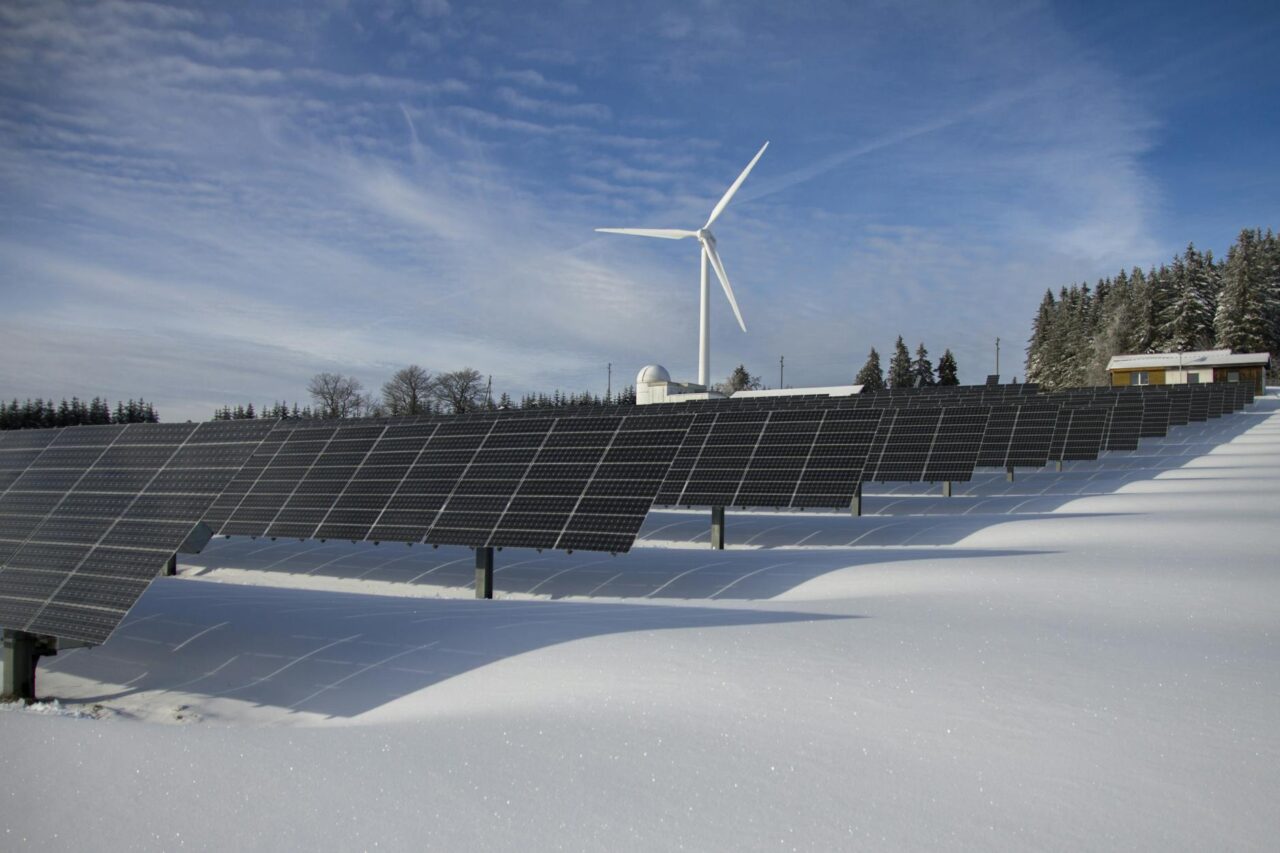Once again, climate fanatics are playing with the Gulf Stream scare tactic. If the Gulf Stream collapses (at some point), parts of Europe will be very uncomfortable, at least in winter. Very uncomfortable. When will it happen? Despite daily climate scaremongering, it is impossible to predict.
Every few months, climate scientists use model calculations to try to predict what would happen if the Atlantic overturning circulation (AMOC) collapsed. And, as so often, they warn that this could happen soon – because of the wickedness of climate change, of course. This is despite the fact that, for example, a major study published last year already states in its title that ‘uncertainties are too great’ to ‘predict tipping points’. Why? Because it is simply not possible to create reliable models with the limited historical data available.
Sucks to be you and your AMOC doomsday scenarios…. pic.twitter.com/8dnRGY7TM2
– PushFourLeft (@PushFourLeft) August 18, 2024
But this does not stop many scientists from painting horror scenarios on the wall in the service of green and globalist climate ideology. These include the study published yesterday,“European Temperature Extremes Under Different AMOC Scenarios in the Community Earth System Model“, which discusses the “paradoxical effects” of a weaker Gulf Stream(here you can see the main ocean currents) on European temperature extremes. It suggests that under the “medium-term climate change scenario RCP4.5”, north-western Europe in particular – i.e. the British Isles and the Netherlands, for example – would experience more frequent temperatures of -20°C or below.
This is said to be due to increased sea ice formation in the North Atlantic. This extensive sea ice reflects more of the sun’s radiation back into space, while reducing the amount of heat released from the ocean into the atmosphere. This feedback increases the cooling of the sea surface and directly affects atmospheric circulation over Europe. This means that winters in particular would be significantly colder, while the impact on the summer months would be much less.
Although data suggest that such Gulf Stream “tipping points” cannot (yet) be predicted, climate fanatics continue to panic. After all, even if the Gulf Stream were to weaken at some point, it would be a longer-term process that we can prepare for. At least, that’s what the current data suggest. But no one knows whether this will happen next year, in a hundred years, or perhaps even in a thousand years. Certainly not computer models fed with incomplete and inadequate data and speculative assumptions.

